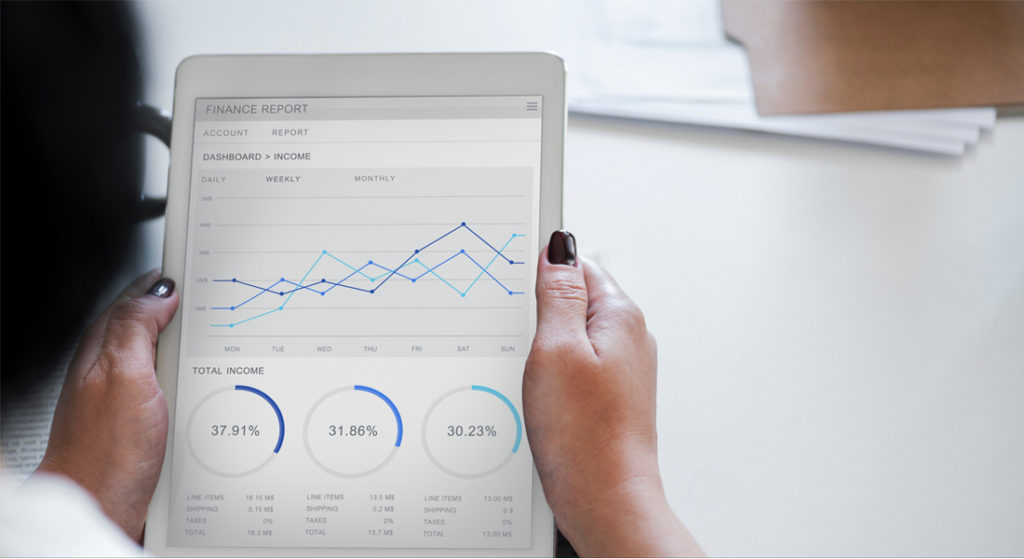Seeing through the noise – Analytics for IIoT

The industrial internet of things (IIoT) is a subdomain of the internet of things (IoT) which primarily focuses on making household objects like appliances, cars, and thermostat smart and intuitive, which can be easily controlled by a smartphone. The industrial internet of things (IIoT) is also known as the fourth industrial revolution or Industry 4.0, targeting the digitalization of industrial assets like machines products, processes, and the workforce.
Additional, by implementing with Artificial Intelligence (AI), Robotic process automation (RPA), and Big Data in your industrial unit, it will eventually provide tons of data and analytics. With those insights, the manager can genuinely understand the productivity and efficiency of the industrial unit. Analytics for IIoT help you to detect trends and opportunities in the business which leads to efficient and intuitive manufacturing operations.
Integration is the key
IIoT Analytics leverages big data and machine learning to provide seamless data of the machines and the processes which integrates all the Business SOPs and stakeholders to deliver accurate, automated manufacturing methods and transaction management. Below we will discuss about two common IIoT Analytics used across industries.
1. Descriptive Analytics
Widely used across industries, descriptive analysis is a form of analytics that allows managers to aggregate and understand IIoT data. General calculations like counting, mean and standard deviation helps to understand the broader set of data. When a company is implementing IIoT systems, they should evaluate the following:
(a) Big Data Storage
The platform you choose should be able to store and raise queries against a large set of data which includes table based data which should ideally store up to hundred million records. With ongoing production, managers will receive a quantum of data, which can be analyzed monthly to strategize for the next quarter.
(b) Descriptive analytics capability
IIoT platforms should be able to provide calculations and statistics, of the data incurred from machines, devices, biometrics, sensors, and automobiles. These capabilities will help the manager to compare different processes in the same organization and choose the one with the most significant output.
2. Predictive analytics
Predictive Analytics methods analyses historical data and compare it with future data. Various analysis like correlation, regression, and linear regression are used in the Predictive Analytics equipped with the business use cases. While evaluating IIoT platforms for enterprises, the manager should assess the following :
(a) On Platform – Model Building
On platform model building automatically enables the platform to intake and process IIoT data. Linear and polynomial regression are available in the Predictive Analytics with a broader scope of more complex modeling choices.
(b) On Platform – Model Operations
The on platform module operation utilizes platform generated data to classify and identify accurate anomaly detection. Managers get the ability to manage these models and integrate a predictive model within a Complex Event Processing framework (EPF). The data model uses the programming language R or python.
Way Forward
IIoT analytics empowers the entire enterprise to enhance the business lifecycle and a deep understanding of data. Technical savvy enterprises can utilize IIoT platforms with descriptive, predictive and prescriptive analytics capabilities to its full extent and experience the potential of the platform. AI, Machine Learning and Big Data will provide wondrous numbers; however, at the end of the day, only a well-informed manager can translate that data into decisions and insights.
Xpetize is one of the leading IoT solution provider. We are continuously providing IoT solutions for fortune 500 companies. Please feel free to get in touch with us for your IoT needs.




Leave a Reply